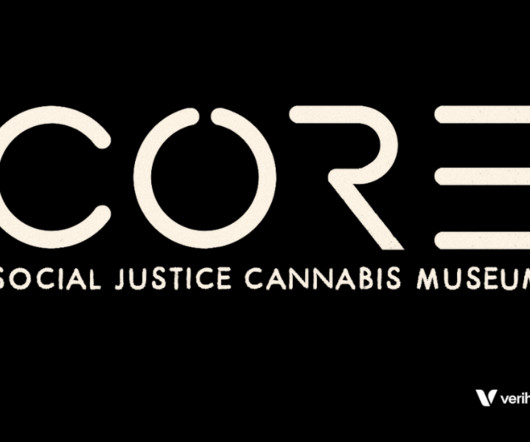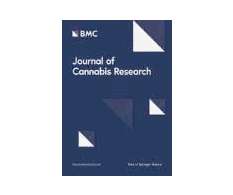The Endocannabinoid System-History, Health and Why We Feel High
Puff Puff Post
SEPTEMBER 24, 2019
The History and Science of Cannabis. On July 30 th , 2001, the government brought this into a legislative act known as the Medical Marijuana Access and Resources (MMAR). The cannabis plant is composed of thousands of biologically active molecules which not only include phytocannabinoids, but also include terpenes and flavonoids.











Let's personalize your content